Humans Are the Main Reason Why Tigers Are Endangered: How to Help
Updated July 24 2023, 4:29 p.m. ET
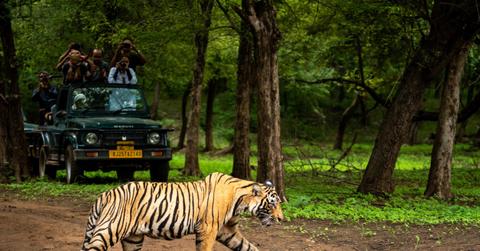
Tigers are one of the most well-known and recognizable wild animals out there, so it's incredibly devastating that they're endangered. These top predators not only keep ecosystems intact, but they can assist with other environmental issues too. While the Endangered Species Act helps animals in the U.S. stay protected, not everywhere has the same restrictions or protections.
It’s important to protect endangered tigers from becoming completely extinct. But why are tigers endangered in the first place? Keep reading to learn more about what factors have led to tigers becoming endangered and how we can help fight against it.
There are a lot of factors that endanger tigers.
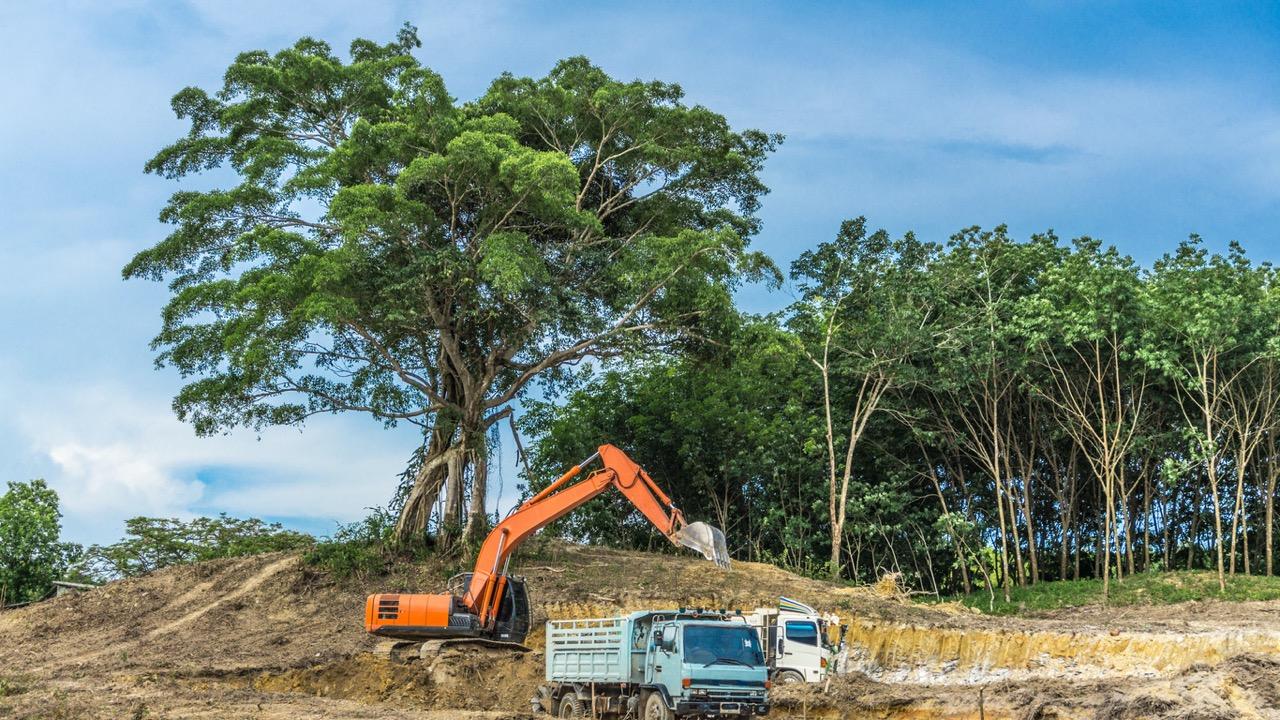
Sadly, humans are the main reason that tigers are endangered. According to the World Wildlife Fund (WWF), the main factors that put them at risk are poaching, habitat loss, and human-wildlife conflict.
Tigers are poached for traditional medicine and for status symbols.
The WWF states, "Every part of the tiger—from whisker to tail—has been found in illegal wildlife markets. A result of persistent demand, their bones, and other body parts are used for modern health tonics and folk remedies, and their skins are sought after as status symbols among some Asian cultures."
Even if a tiger is in a protected area, their safety isn’t guaranteed. There are limited resources available for protecting these areas, and even when there’s more resources, poaching is still a big problem, according to the WWF.
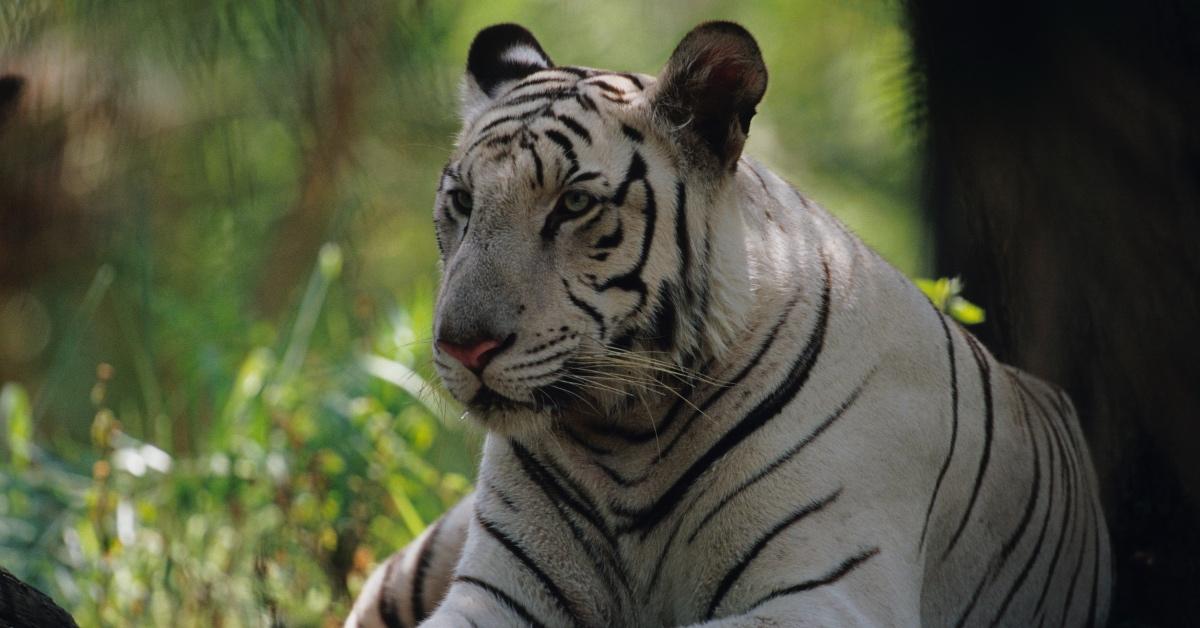
Due to human activities, tiger habitats have been degraded and destroyed. Large forest areas are often cleared for development, agriculture, and timber — tigers can’t thrive in small habitats. And according to WWF, it’s estimated that 95 percent of their historical range has been lost. Not only does this make it harder for tigers to survive, but it also makes them more vulnerable to poaching and human-wildlife conflicts.
Human-wildlife conflict is precisely what it sounds like. Due to habitat loss, tigers are more likely to end up in established territories to search for food. Often, livestock becomes their prey, upsetting those living in these areas. Then, humans retaliate, and tigers are captured or even killed and sold in black markets.
How can we help endangered tigers?
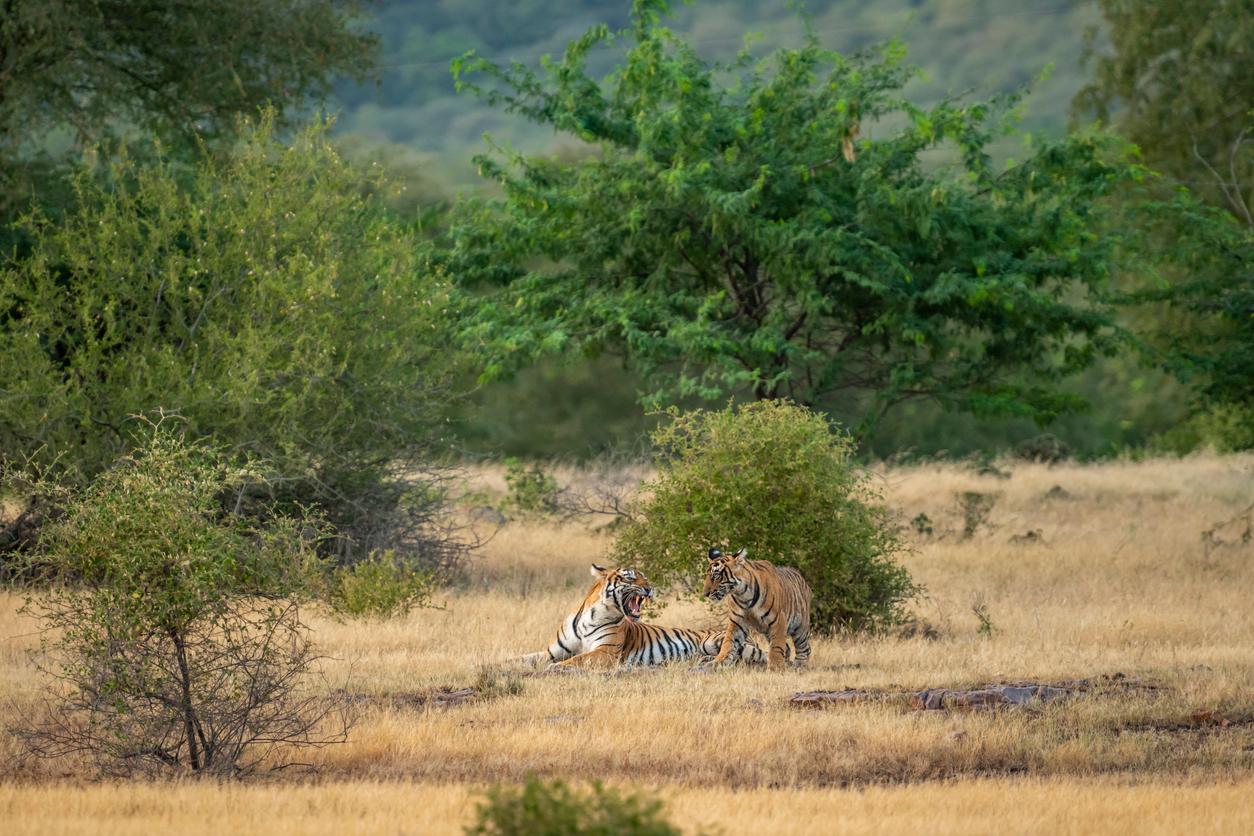
Even though it might seem completely out of our control, we can still do some things to help endangered tigers. According to the Wildlife Conservation Society (WCS), we can do these things to foster tiger populations:
- Protect their habitats.
- Promote supportive policies.
- Reduce conflict between humans and tigers.
- Conduct research for conservation.
- Work on capacity in range states.
- Monitor threats.
To protect tiger habitats, we can support measures that call for creating and expanding protected areas, WCS explains. Monitoring threats and supporting these areas can ensure more tigers have safe habitats. Expanding protected areas can also go hand-in-hand with building capacity in range states.
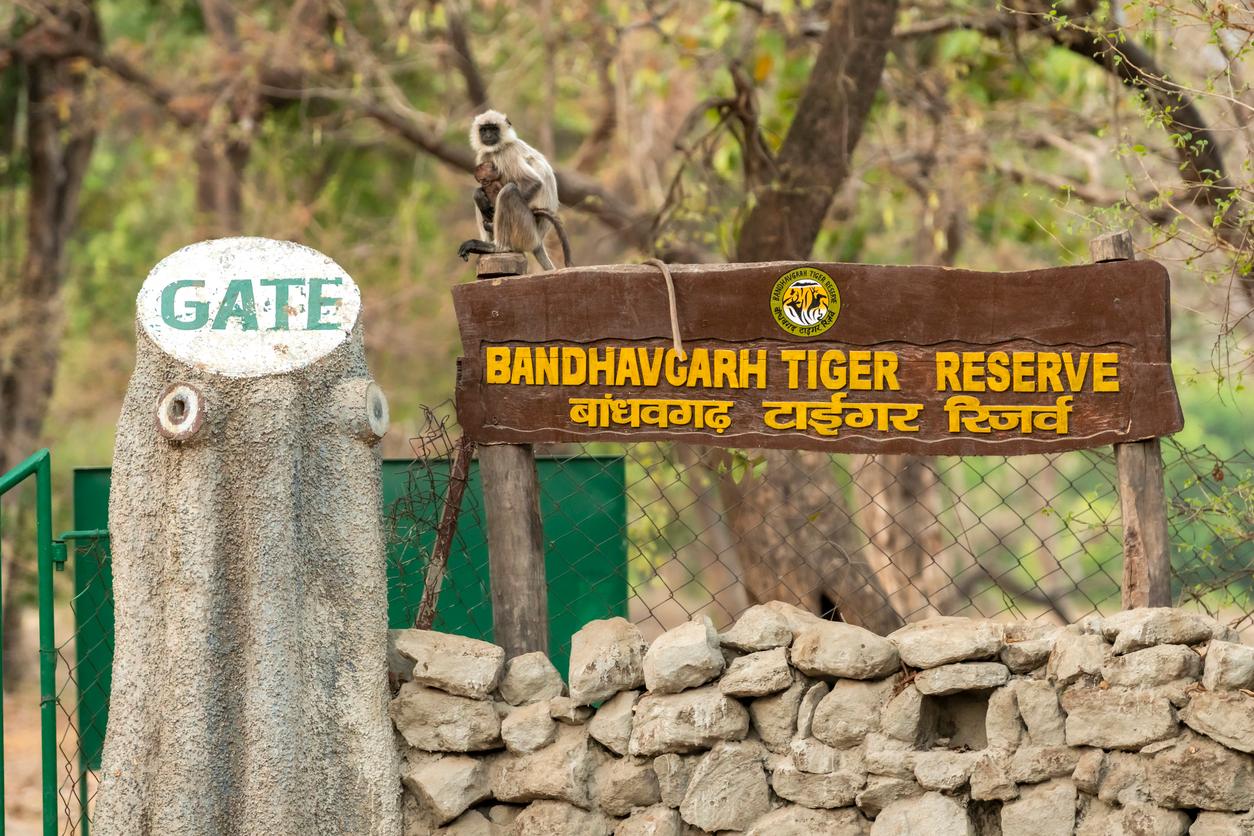
Promoting supportive policies means engaging in actions that will help protect tigers. Supportive policies include encouraging protected areas to be built, actions to cut down on poaching, or methods to stop wildlife trafficking. Supporting research might also help since scientists use that research to inform conservation strategies.
WCS highlights that reducing conflict between humans and tigers is a main factor to consider when protecting tigers. In many communities, tigers can be a threat to both humans and livestock. Since they are dangerous and have the potential to negatively affect a community, the public might not be supportive of their protection.
To encourage public support in these communities, WCS uses conflict-mitigation teams, drastically reducing the issues of both parties involved.
Advocating for the protection of tigers does a lot more than you think. It’s important to stay involved and to encourage protective measures for endangered tigers.
This article, originally posted on Dec. 9, 2022, has been updated.